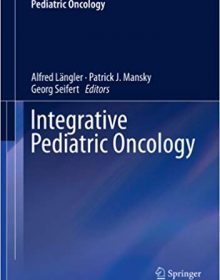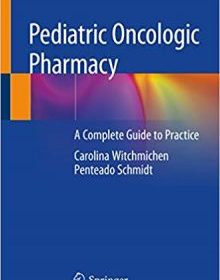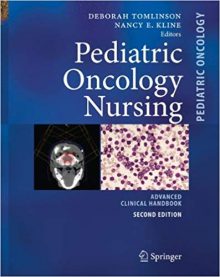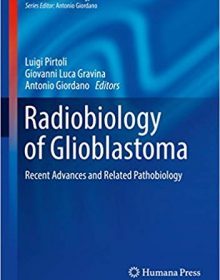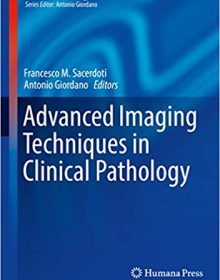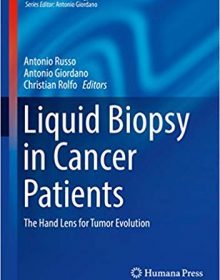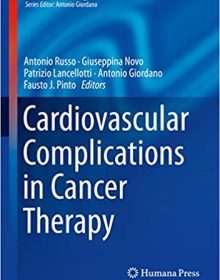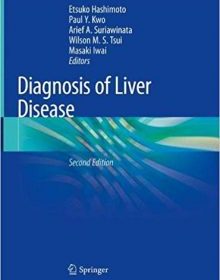Bone Marrow Failure (Pediatric Oncology)
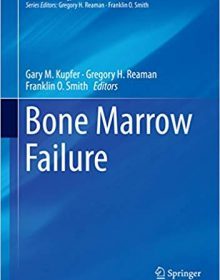
Bone Marrow Failure (Pediatric Oncology)
This book presents the latest scientific knowledge on inherited and acquired bone marrow failure syndromes, describing the advances in understanding of genetics and pathophysiology that have been achieved as a result of high-throughput DNA sequencing, RNA expression studies, and modern biochemistry techniques. The full range of relevant conditions is covered, including acquired aplastic anemia, Fanconi anemia, ribosomopathies, telomeropathies, dyskeratosis congenita, Shwachman-Diamond syndrome, Diamond-Blackfan anemia, and congenital neutropenias and thrombocytopenias. In addition, it is explained how the study of these rare diseases has uncovered important new science and elucidated the pathophysiology of more common hematological and oncological diseases. A treatment-specific chapter describes options ranging from the conventional to the cutting edge. Bone Marrow Failure will be of value for both trainee and practicing hematologists and oncologists.









